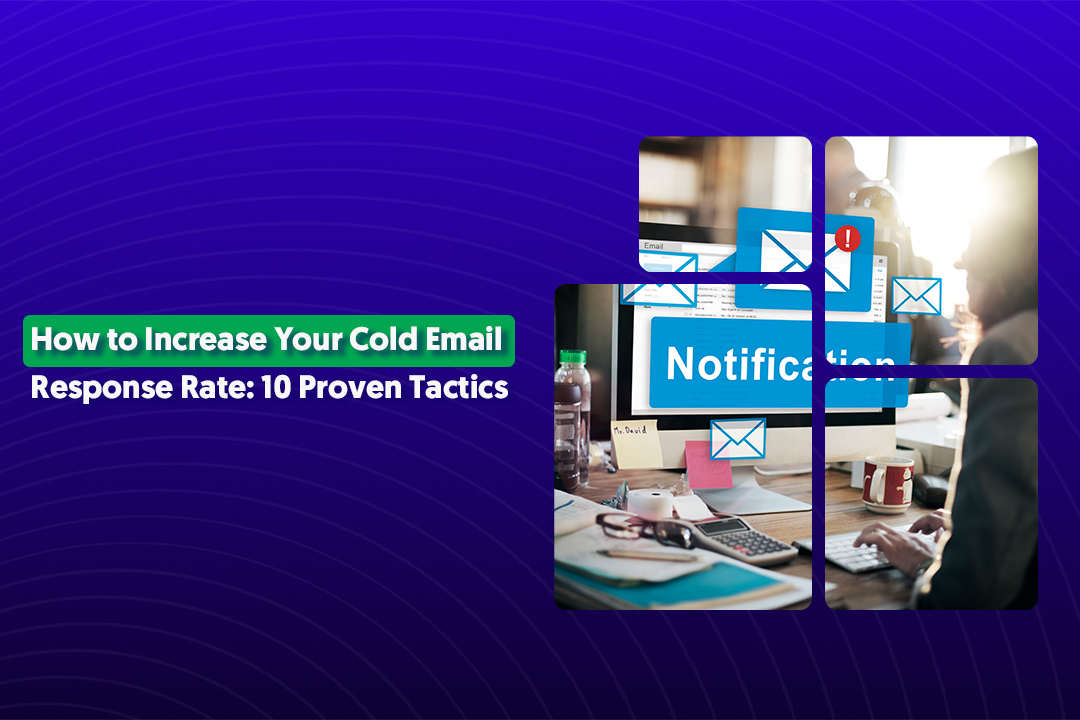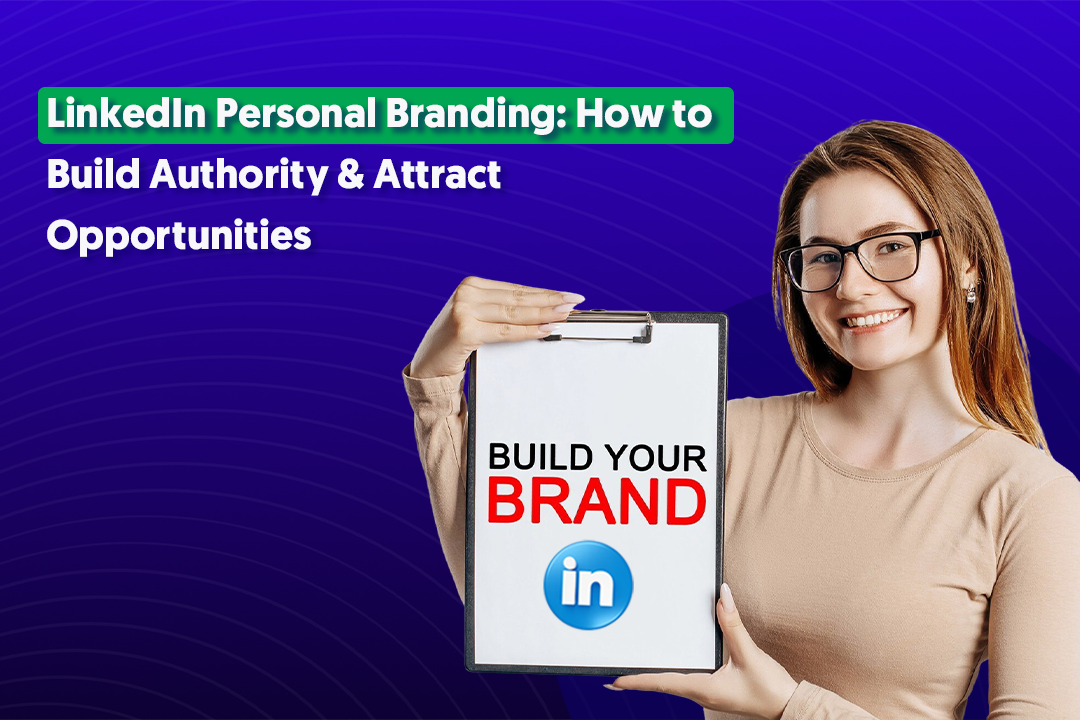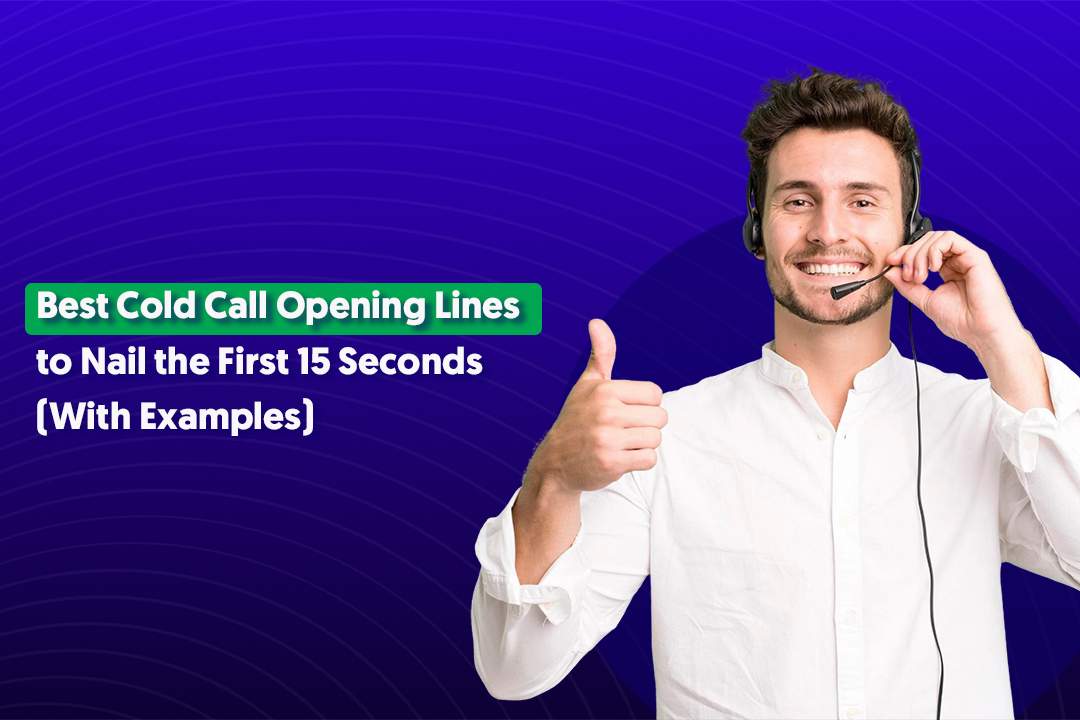Table of Content
Key Takeaways
- Inbound vs outbound lead generation isn't about choosing one — the best B2B teams use both strategically for predictable growth.
- Inbound lead generation builds trust and compounds over time through organic channels, but takes 3-6 months to gain traction.
- Outbound lead generation fills your pipeline immediately by directly reaching prospects via cold email, LinkedIn, and calls with precise targeting.
- Combining both creates a multiplier effect: inbound warms prospects, outbound converts them into meetings faster.
- Poor targeting, generic messaging, and ignoring deliverability are the top mistakes that kill lead gen campaigns before they start.
- Track everything — open rates, reply rates, and conversion metrics tell you what's working and where to double down.
B2B growth depends on one thing — consistently filling your pipeline with quality leads. But here's the real question: should you attract them or reach out first?
That's the heart of the inbound vs outbound lead generation debate. And honestly, it's not about picking sides anymore.
We've worked with over 10,000 B2B companies, and here's what we've learned: the teams crushing their revenue goals in 2025 aren't choosing between inbound and outbound lead generation — they're using both strategically.
Understanding how each model works, what it costs, and when to deploy it can literally make or break your pipeline.
Get it right, and you're looking at predictable revenue growth. Get it wrong, and you're burning budget with nothing to show for it.
In this guide, we're breaking down everything you need to know. We'll define both approaches, compare them head-to-head, and show you exactly how to combine inbound lead generation and outbound lead generation for maximum ROI.
Let's dig in.
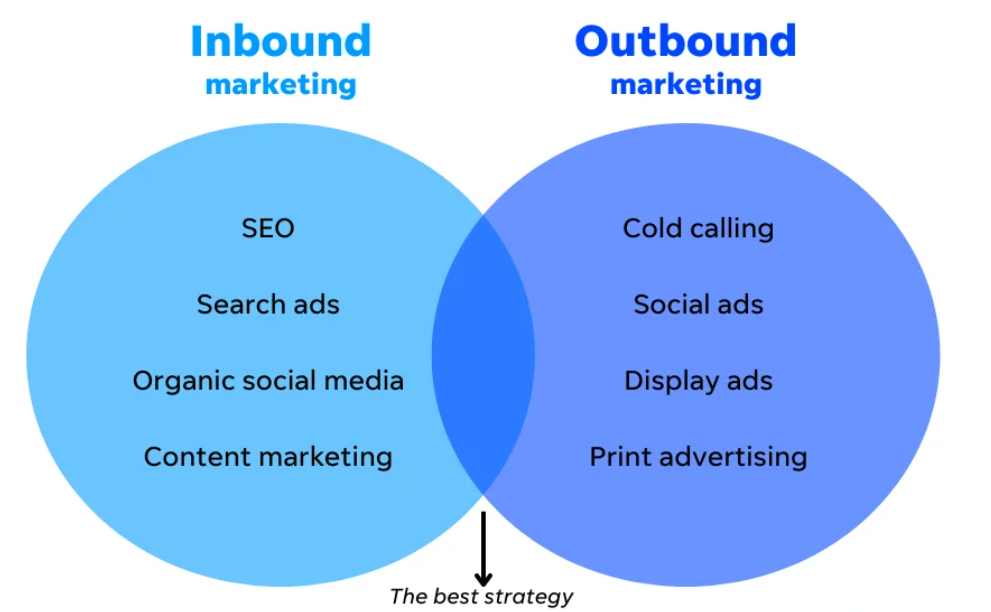
What Is Lead Generation and Why Does It Matter?
Let's start with the basics. Lead generation is the process of attracting and converting potential customers into sales-ready prospects.
In B2B, it's not just about collecting contact info — it's about identifying people who actually have a problem your product solves, and getting them into your sales pipeline.
Here's the thing: inbound and outbound lead generation aren't competing strategies. They're two sides of the same funnel.
Inbound brings prospects to you through content, SEO, and organic channels. Outbound puts you in front of prospects through direct outreach like cold emails, LinkedIn messages, or calls.
Both have the same endgame — pipeline growth and predictable revenue.
And this matters more than ever. According to studies, 61% of marketers cite lead generation as their top challenge.
So if you're wondering which approach is "better," you're asking the wrong question. The real question is: how do you use both to fill your pipeline faster?
What Is Inbound Lead Generation?
Inbound lead generation is all about attracting leads to you through valuable content and organic channels.
Instead of chasing prospects, you create resources they're already searching for — then capture their info when they engage.
Think blog posts that rank on Google, LinkedIn content that gets shared, webinars that solve real problems, or case studies that build credibility.
The goal is to show up where your ideal customers are already looking for answers.
Key Inbound Channels:
- SEO — Ranking for terms your buyers are searching
- Content marketing — Blogs, guides, videos that educate
- Webinars and events — Live value that captures interest
- LinkedIn organic content — Thought leadership and engagement
- Social proof — Reviews, testimonials, case studies
- Referrals — Existing customers bringing new ones
How to Generate Inbound Leads:
Here's the basic process for how to generate inbound leads:
- Create educational content that answers your prospects' questions — whether it's a blog, video, or LinkedIn post that actually helps them solve a problem.
- Capture leads using forms, gated eBooks, demo requests, or newsletter signups. Give them something valuable in exchange for their contact info.
- Nurture via email and retargeting — most people won't buy immediately, so you stay top-of-mind until they're ready.
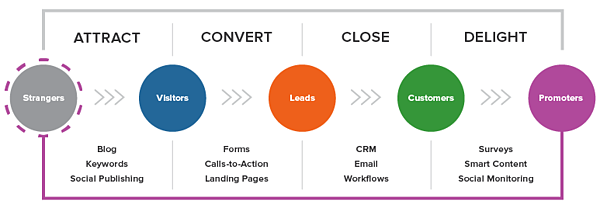
The Upside
Inbound lead generation is scalable. Once your content ranks or gains traction, it keeps working for you.
Results compound over time, and you're building trust by providing value upfront instead of interrupting someone's day.
The Downside
It's slower. You won't see ROI overnight. Competition is fierce — everyone's fighting for the same keywords and attention.
And it only works if you're consistent. Stop publishing, and your pipeline dries up.
An Example
A SaaS company ranking on Google for "best CRM software" generates inbound demo requests daily — without spending a dollar on ads or outreach. That's the power of inbound when it's done right.
What Is Outbound Lead Generation?
Outbound lead generation flips the script. Instead of waiting for prospects to find you, you go directly to them through cold channels — email, LinkedIn, or phone.
You identify your ideal customers and start the conversation yourself.
This is proactive pipeline building. You're not hoping the right people stumble across your content.
You're putting your solution in front of decision-makers who fit your ICP, whether they've heard of you or not.
Key Outbound Methods:
- Cold email outreach — Personalized emails sent at scale to targeted prospects.
- Cold calling lead generation — Direct phone conversations with potential buyers.
- LinkedIn outreach — Connection requests and DMs to engage prospects on LinkedIn.
- Paid ads and ABM — Targeted advertising and account-based campaigns to specific companies.

How to Generate Outbound Leads:
Here's the basic process for how to generate outbound leads:
Build a list of your ideal prospects using criteria like industry, company size, job title, and pain points. The better your targeting, the better your results.
Craft personalized outreach that speaks to their specific challenges — generic messages get ignored, relevant ones get responses.
Follow up consistently across multiple touchpoints — email, LinkedIn, phone — because most deals happen after the 4th-7th touch.
The Upside
Outbound lead generation fills your pipeline immediately. You're not waiting 6 months for SEO to kick in.
You control exactly who you reach, when you reach them, and what message they see. If you need meetings next week, outbound gets you there.
The Downside
It requires high-quality data, strong personalization, and careful deliverability management. Bad outreach gets ignored or flagged as spam.
You need the right tools, processes, and often a dedicated team to do it well.
Our Example
We helped a software development company book 49 meetings in 6 months using a targeted outbound engine — combining LinkedIn outreach and cold email to connect with CTOs and VPs of Engineering actively looking for development partners.

Inbound vs Outbound Lead Generation: Key Differences
Both inbound and outbound lead generation can drive business growth — the difference lies in who initiates contact, speed of results, and control over targeting.
Inbound nurtures trust. Outbound drives action. Together, they create predictable growth.
Explore Further: Smart Ways to Use AI for B2B Lead Generation
How to Generate Inbound Leads (Step-by-Step)
If you want to know how to generate inbound leads that actually convert, here's the playbook we've seen work across thousands of B2B companies:
1. Build SEO-Optimized Content
Start by publishing blogs, guides, and landing pages that target buyer intent keywords — the terms your ideal customers are actually searching for when they have a problem.
Don't just write about your product. Write about the challenges your prospects face. Rank for "how to improve sales outreach" or "best tools for lead qualification," and you're capturing people actively looking for solutions.
The key is consistency. One blog won't move the needle. But 50 optimized posts over 6 months? That's a lead generation engine.
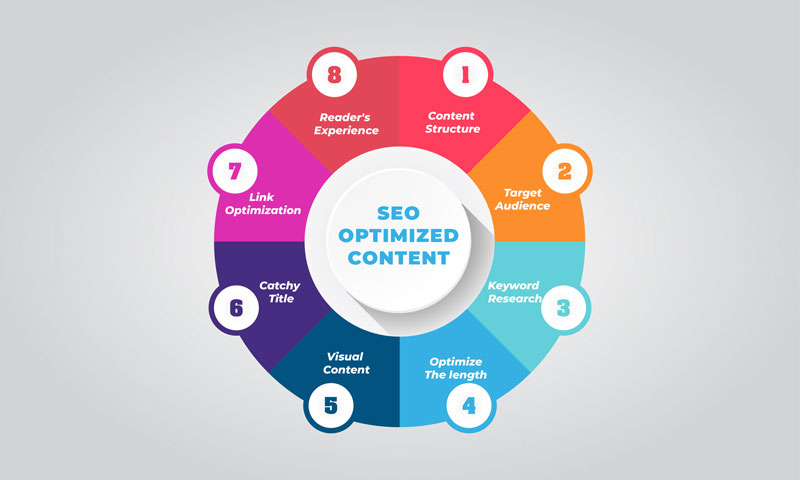
2. Offer Valuable Lead Magnets
Give prospects something worth trading their email for. Free templates, industry reports, ROI calculators, or checklists work well because they provide immediate value.
The trick is making it relevant to your buyer's next step. If someone downloads "The Cold Email Template Library," they're probably evaluating best outreach tools — perfect timing to nurture them toward a demo.
Read More: How to Build a High-Converting Lead Generation Funnel
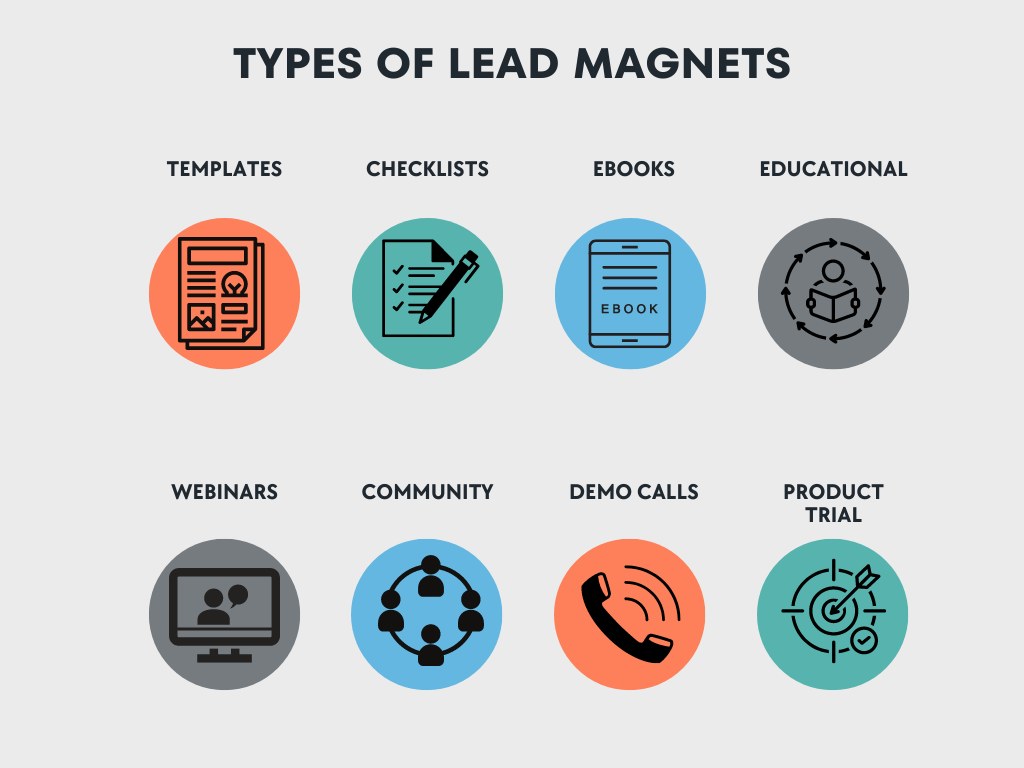
3. Nurture with Email Sequences
Most inbound leads won't convert immediately, so you need a drip campaign that keeps you top-of-mind. Send educational content, case studies, and social proof over time.
The goal isn't to spam them. It's to show up with the right message when they're ready to buy.
A 6-email nurture sequence can turn a cold download into a booked meeting three months later.
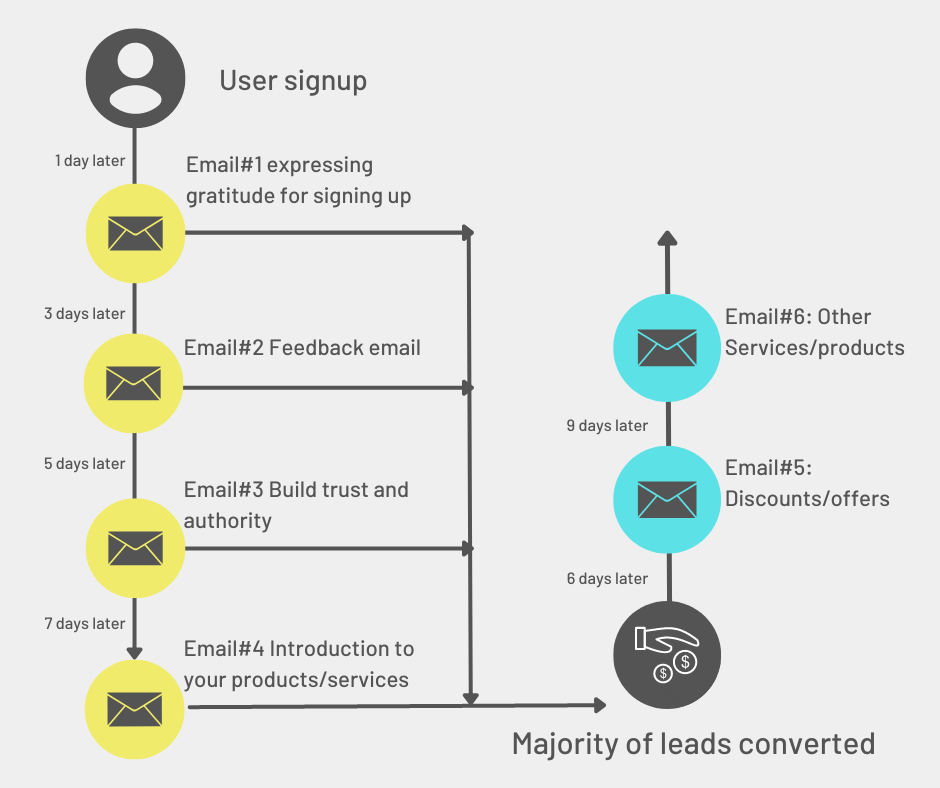
4. Use LinkedIn Thought Leadership
Post content on LinkedIn that positions your brand (and your team) as experts. Share insights, breakdowns of what's working in your space, and real results you're seeing.
This isn't about going viral. It's about being visible when your prospects are scrolling.
When decision-makers see your name consistently providing value, you become the obvious choice when they're ready to buy.
Example:
<iframe src="https://www.linkedin.com/embed/feed/update/urn:li:share:7392235999986360320?collapsed=1" height="263" width="504" frameborder="0" allowfullscreen="" title="Embedded post"></iframe>
You Should Know: How to Measure ROI from LinkedIn Lead Generation Services
5. Retarget Website Visitors
Not everyone converts on their first visit. Use retargeting ads or email campaigns to re-engage warm leads who checked out your pricing page or read a blog but didn't take action.
These are people who already know you exist. A well-timed retargeting ad or "Hey, noticed you checked out our guide" email can pull them back in when the timing's right.
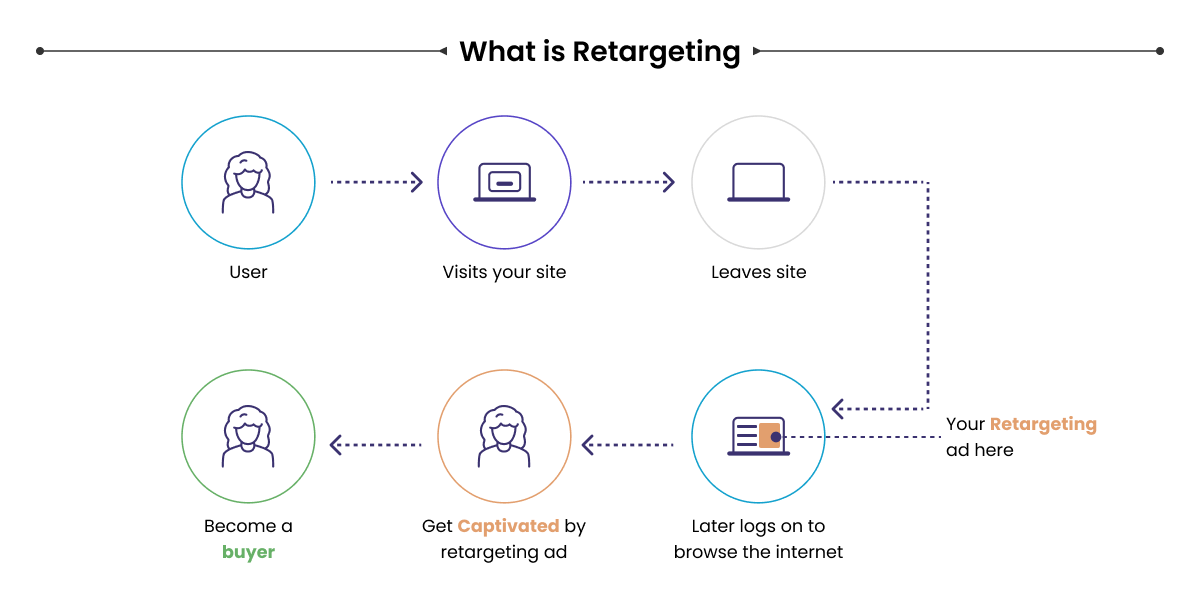
How to Generate Outbound Leads (Step-by-Step)
Want to know how to generate outbound leads that turn into actual pipeline? Here's the exact process we've used to book tens of thousands of meetings for B2B companies:
1. Define Your ICP (Ideal Customer Profile)
Before you send a single message, get crystal clear on who you're targeting. Identify decision-makers based on firmographics — company size, industry, revenue, tech stack — and layer in intent data when possible.
Ask yourself: Who are our best customers? What do they have in common? What titles make buying decisions?
The tighter your ICP, the better your response rates. Spray-and-pray outreach dies in the inbox. Targeted outreach to the right 500 people beats blasting 10,000 randoms every time.
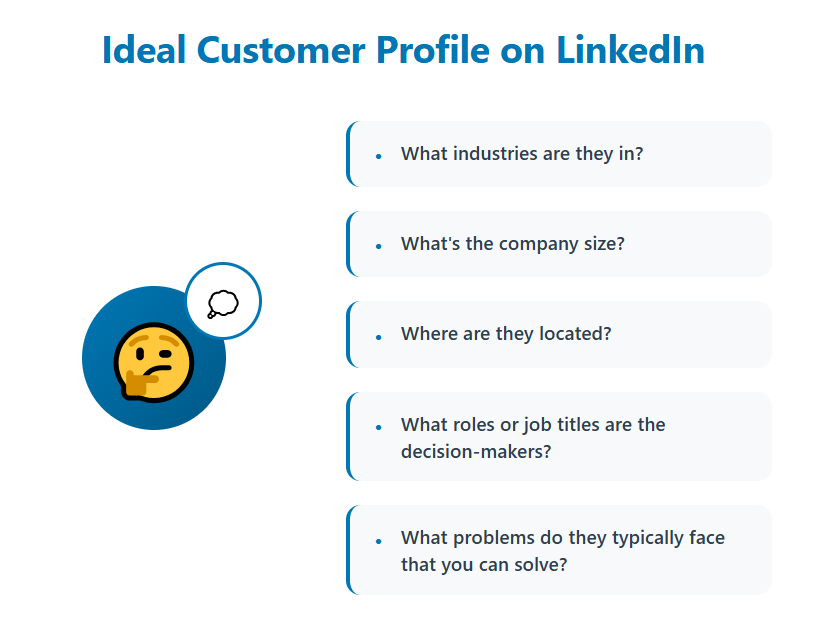
2. Build Verified Prospect Lists
Now that you know who you're targeting, build a list using data enrichment and email verification tools. You need accurate contact info — verified emails, direct dials, LinkedIn profiles.
Bad data kills campaigns before they start. If 30% of your emails bounce, your domain reputation tanks and your good emails never land.
Invest in quality data upfront or partner with someone who has it.
3. Personalize Outreach Sequences
This is where most outbound lead generation fails. Generic "Hey [First Name], we help companies like yours..." messages get deleted instantly.
Write your cold emails, LinkedIn messages, and follow-ups to reference something specific — a recent hire, a funding round, a pain point their industry is facing.
Show you did 30 seconds of research.
Then build a multi-touch sequence: email, LinkedIn connection, follow-up email, call, LinkedIn message. Most responses come after the 4th-7th touch, so persistence (not spam) wins.
4. Optimize Deliverability
Even the best message is worthless if it hits spam. Use domain warm-up to build sender reputation gradually.
Control your sending volumes — don't go from 0 to 500 emails a day. Test different subject lines and formats.
Monitor bounce rates, spam complaints, and engagement. If your open rates are under 40%, you've got a deliverability problem, not a messaging problem.
Must Read: Top Email Warm-Up Tools to Improve Deliverability
5. Analyze and Scale
Track your open rates, response rates, and meeting-booked rates religiously. These numbers tell you what's working and what's not.
If a segment or message is crushing it, double down. If something's flat, refine your targeting or test new angles.
Once you find a winning formula, scale it — add more prospects, more SDRs, or more channels.
The companies winning with outbound treat it like a science, not a guessing game.
Combining Inbound and Outbound for Maximum Impact
Here's the truth: the best B2B teams in 2025 aren't choosing between inbound and outbound lead generation — they're running both in sync.
Because when you combine them strategically, the results multiply.
Think of it this way: inbound builds brand trust, and outbound accelerates pipeline growth.
Inbound gets prospects familiar with your name and your expertise. Outbound turns that awareness into conversations and meetings.

The Hybrid Model in Action
Here's how to combine both for maximum impact:
👉 Retarget inbound leads with outbound messages. Someone downloaded your guide but didn't book a demo? Hit them with a personalized LinkedIn message or email referencing what they engaged with. They already know you — now you're pushing them to the next step.
👉 Use inbound content in outbound follow-ups. When you're doing cold outreach, link to relevant blog posts, case studies, or tools you've created. It adds instant credibility and gives prospects a reason to engage beyond your pitch.
👉 Align your CRM, messaging, and tracking systems. Make sure your inbound and outbound efforts talk to each other. If someone fills out a form and your SDR reaches out three days later with a cold pitch that ignores their activity, you look disorganized.
⭐ Inbound warms them up. Outbound converts them. ⭐
When inbound and outbound lead generation work together, you're not just filling your pipeline faster. You're filling it with warmer, better-qualified leads who already trust you before the first call even happens.
Common Mistakes in Lead Generation Strategy
We've seen thousands of B2B companies run lead gen campaigns, and honestly? Most of them make the same avoidable mistakes.
Here are the big ones that kill pipelines before they ever get started.
❌ Over-Reliance on One Channel
Going all-in on inbound lead generation or outbound lead generation alone is leaving money on the table.
If you're only doing inbound, you're waiting months for traction while competitors are booking meetings today. If you're only doing outbound, you're missing the compounding trust and authority that inbound builds.
The best results come from using both strategically, not betting everything on one approach.
❌ Poor Targeting or Segmentation
Casting a wide net feels productive, but it tanks your results. Sending the same message to a 10-person startup and a 5,000-employee enterprise doesn't work.
Neither does targeting "anyone in marketing" instead of getting specific about titles, company size, and pain points.
Tight targeting beats high volume every time. If your ICP isn't dialed in, everything downstream suffers.
❌ Weak Messaging and Generic Offers
"We help companies grow revenue" and "Let's jump on a quick call" are death sentences for your campaigns.
Prospects get dozens of these every day. If your message doesn't immediately show you understand their specific challenge, it gets ignored.
Personalization isn't optional anymore. Reference something real about their business, their role, or their industry — or don't bother sending it.
❌ No Deliverability Monitoring
You can have the best message in the world, but if it's landing in spam, it doesn't matter.
Too many teams ignore bounce rates, spam complaints, and sender reputation until their entire domain is flagged.
Monitor deliverability like your pipeline depends on it — because it does. Warm up domains properly, verify emails before sending, and keep sending volumes reasonable.
❌ Not Aligning Marketing and Sales Goals
Marketing generates leads. Sales complain they're not qualified. Sales book meetings. Marketing takes credit. Sound familiar?
When marketing and sales aren't aligned on what a "good lead" looks like, what messaging works, and how to hand off prospects, leads fall through the cracks.
Regular sync-ups, shared dashboards, and agreed-upon definitions fix this fast.
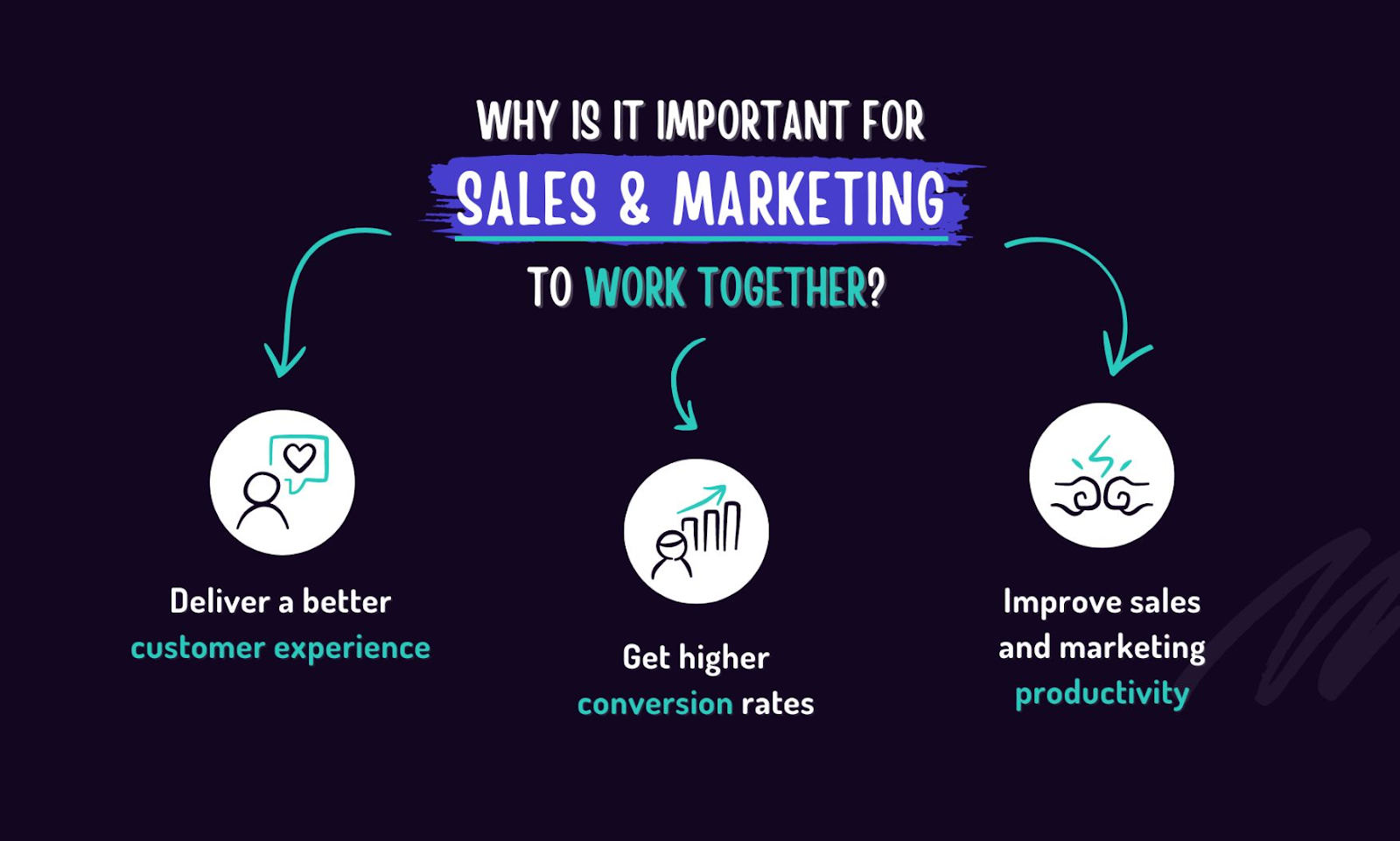
How Cleverly Combines Inbound and Outbound for Predictable B2B Growth
Look, we're not here to guess what works. We've helped 10,000+ B2B clients generate leads with companies like Amazon, Google, Uber, PayPal, Slack, and Spotify — and those campaigns have driven $312 million in pipeline revenue and $51.2 million in closed revenue.

Here's how we do it.
We run a full-stack lead generation agency model that combines LinkedIn outreach, cold email, and cold calling — all working together to fill your pipeline with qualified meetings, not just names in a spreadsheet.
Our Systems at a Glance: 🚀
🚀 LinkedIn lead generation + Cold Email outreach: Personalized, multi-touch campaigns that get responses from decision-makers.
We've made over 1 million cold calls, set 53,000+ appointments, and generated $312 million in pipeline for our clients.
🚀 Our $5M Cold Calling System: We place a no-accent appointment setter, train them to go live in 2 weeks, write breakthrough call scripts, and include all the data, tech, and power dialers you need.
You get 10-30 qualified sales calls every month, guaranteed — or we replace your SDR. It's half the cost of in-housing, with none of the hiring headaches.

Check out more of our client reviews here!
We don't do "spray and pray." We do precision targeting, relentless follow-up, and systems that scale. Whether you need inbound content amplified with outbound pressure or a pure outbound engine built from scratch, we've done it hundreds of times.
We know it gets tiring to see inconsistent pipelines when you just want predictable growth. It’s not hard, you need a system.
We’ve got it. Let’s make scalable lead gen happen for you! 🔥

Conclusion
The inbound vs outbound lead generation debate isn't about picking a winner — it's about understanding when and how to use each one.
Inbound builds your brand, earns trust, and compounds over time. Outbound fills your pipeline now, puts you in front of the right people, and gives you full control over who you talk to.
Used together? That's when B2B growth becomes predictable.
If you're only running one, you're leaving pipeline on the table. If you're running both but they're not aligned, you're wasting budget and confusing prospects.
The companies crushing it in 2025 have figured out the balance: use inbound lead generation to build authority and attract warm traffic, then layer outbound lead generation on top to accelerate conversions and fill gaps.
The playbook is clear. Define your ICP, create content that actually helps, reach out with personalized messages, and track everything ruthlessly.
And if you want a team that's already done this 10,000+ times? We're here when you're ready.
Frequently Asked Questions



